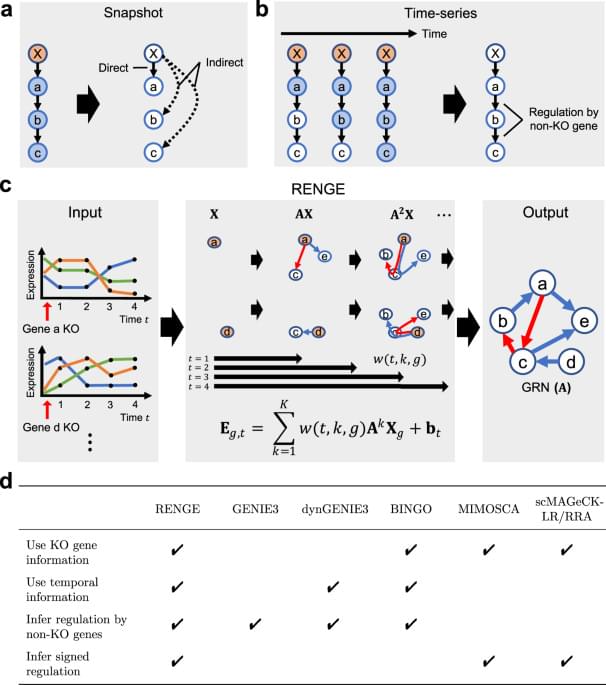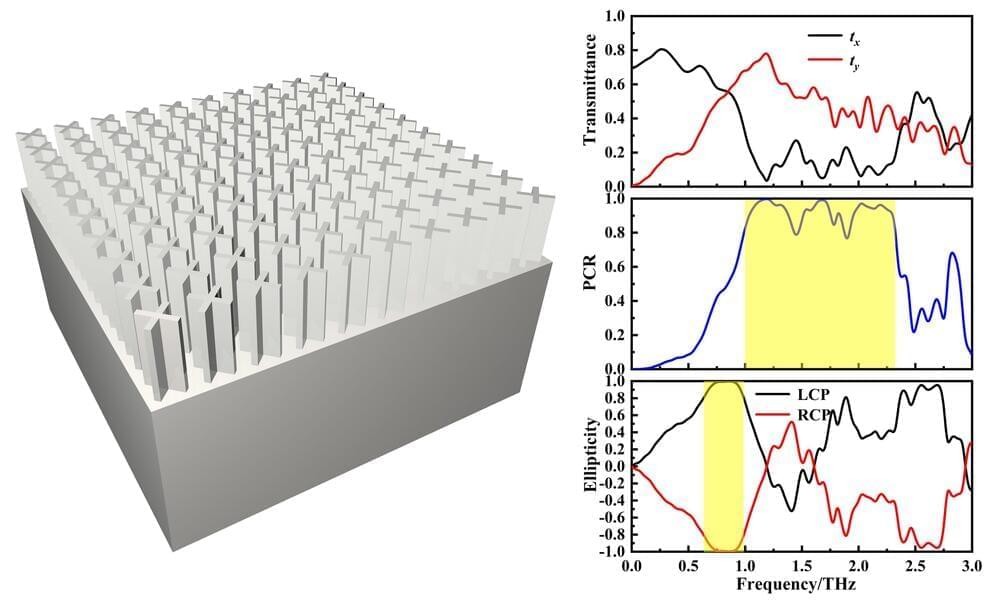A special form of molecule has been found to “tear apart” the membranes of cancer cells once activated, a promising new study by scientists at Rice University in Texas has revealed.
Known as aminocyanine molecules – and commonly used as synthetic dyes in medical imaging – their atoms can vibrate in unison and form a “plasmon” when hit with near-infrared light, causing cancer cells’ membranes to rupture.
And this treatment – through the use of what researchers are calling “molecular jackhammers” – is unbelievably effective, going by the study’s results.








